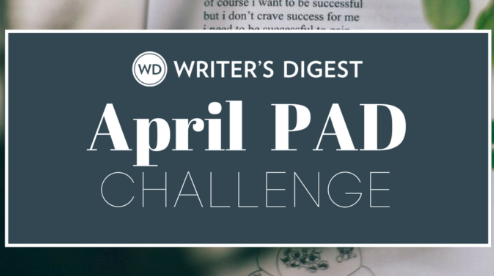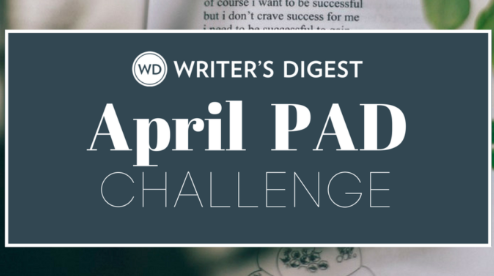Nonce Forms: What They Are and How to Write Them
Discover the wonderful world of nonce forms, what they are and how to write them. Anyone can write them and make their own.
Discover the wonderful world of nonce forms, what they are and how to write them. Anyone can write them and make their own.
We've covered well over 100 poetic forms on this blog over the years, but I've neglected one fun type of poetic form that I've played with a lot: Nonce forms!
What are nonce forms?
Nonce forms are essentially poetic forms created by poets for one-time use. For instance, I spent one summer writing poems with the following form rules: six syllables in the title of the poem and ten syllables per line in the poem itself. This isn't a traditional form; it's one I made up for one summer (and it produced a lot of poems that ended up taking very different forms through the revision process).
If I wanted to, I could create a nonce form right here on the spot. Write a poem with 17 lines, the odd lines rhyme, even lines do not, the odd lines are 6 syllables, and the even lines are 5. Also, indent the even lines. This form doesn't currently exist, but if I wrote a poem using it, I would be using a nonce form.
How can I write a nonce form?
In my example above with the 6-syllable title, 10-syllable lines poems, I created my nonce form before composing the first drafts. But I've also created nonce forms during the revision process when I've noticed that my poem could easily fit into a form if I decided to take it there. Often, I prefer a nonce form to straight up free verse--as long as it makes sense.
*****
Recreate Your Poetry!
Revision doesn’t have to be a chore—something that has to be done after the joy of the first draft. In fact, revision should be viewed as an enjoyable extension of the creation process—something that you want to experience after the joy of the first draft.
Learn the three rules of revision, seven revision filters, common excuses for avoiding revision (and how to overcome them), and more in this power-packed poetry revision tutorial.
*****
A first draft may have 10 lines that are between 5 and 9 syllables in length. In such a case, my first inclination is to see if I can get all the lines at the same syllable length. If that's troublesome, I may see if I can get alternating lines to mirror each other. Yet another strategy is to break up the 10-line poem into two 5-line stanzas and see if I can make a form work for each stanza.
The liberating thing about a nonce form is that you make all the rules. So there's no wrong way to get from point A to point B.
Can nonce forms become traditional forms?
I like to think that all traditional forms began as nonce forms, but not all nonce forms become traditional forms. Even with forms like haiku and sonnets, somebody had to be the first poet to try the form. Those forms become "traditional forms" after several other poets take it up as well.
So play with nonce forms. And who knows? Your nonce form may eventually be another poet's traditional form. Either way, they're a fun way to get your poem on!
Robert Lee Brewer is Senior Editor of Writer's Digest, which includes managing the content on WritersDigest.com and programming virtual conferences. He's the author of 40 Plot Twist Prompts for Writers: Writing Ideas for Bending Stories in New Directions, The Complete Guide of Poetic Forms: 100+ Poetic Form Definitions and Examples for Poets, Poem-a-Day: 365 Poetry Writing Prompts for a Year of Poeming, and more. Also, he's the editor of Writer's Market, Poet's Market, and Guide to Literary Agents. Follow him on Twitter @robertleebrewer.




